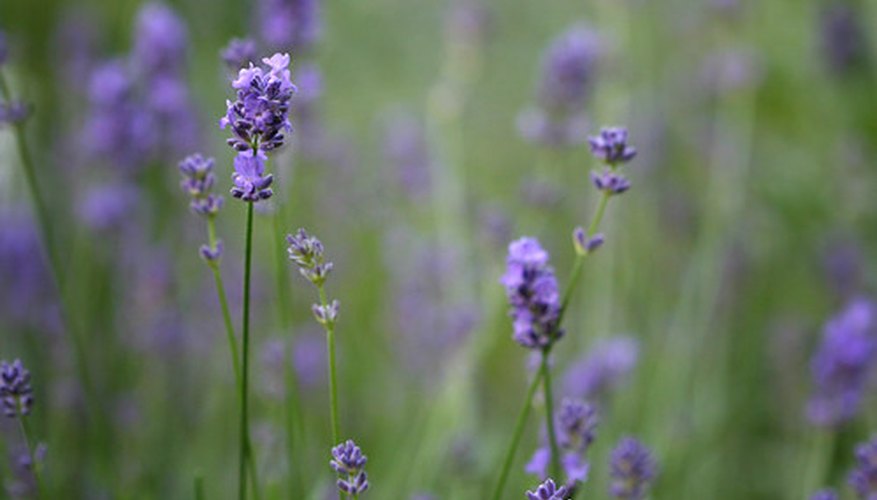There are many varieties of lavender, some of which are hardier than others, but for the most part, all lavender plants require very little maintenance in order to thrive. If a lavender plant turns yellow, moisture problems are a likely culprit.
Location
Lavender must be planted where it will get full sun. However, in very hot climates, plants should have some afternoon shade.
Soil
In all climates, it is critical that lavender be planted in high-quality, well-draining soil so that water does not collect around the roots.
Climate
Lavender plants prefer a slightly arid, warm climate. In humid environments, the plants should be watered less often and be planted where there is plenty of air circulation.
- There are many varieties of lavender, some of which are hardier than others, but for the most part, all lavender plants require very little maintenance in order to thrive.
- In humid environments, the plants should be watered less often and be planted where there is plenty of air circulation.
Watering
Lavender is drought-tolerant once established. Yellowing leaves can be the result of too much or too little water. Watering should be done when the topsoil is dry to the touch, and well-draining soil will keep the lavender from getting bogged down - literally - with excess moisture at the roots.
Feeding
It is not necessary to fertilise lavender as they like a lean soil, but plants will benefit from an occasional layer of compost. Compost should be kept 2 inches away from the stem in order to prevent excess moisture and mildew. Add some lime to the soil if the pH gets below 7.0.
